Every driver has had bad experiences on the road, whether it’s due to a flat tire or engine troubles. But some cars seem almost manufactured to cause these problems, much to the dismay of thousands of drivers.


Throughout the decades that cars have been on the road there have been some makes and models that were bad ideas from the very start. Whether they were built in the 1910s or the 1980s, all of these cars were bad ideas in their own unique ways.
Dodge La Femme
The Dodge La Femme was marketed towards a very specific audience: women. The car was sold in white and pink, and was based on the Dodge Royal Lancer model.
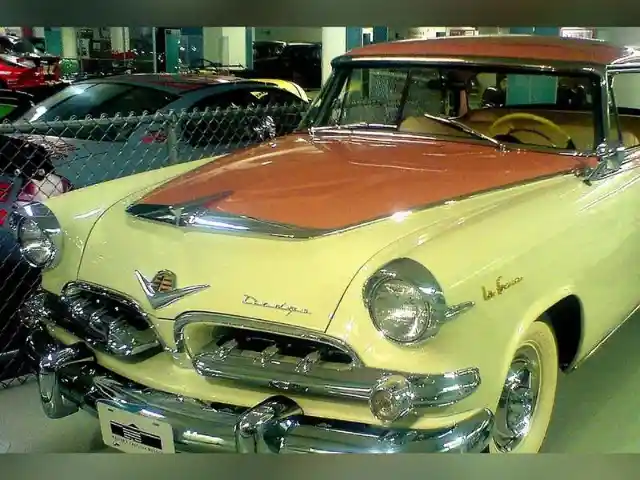
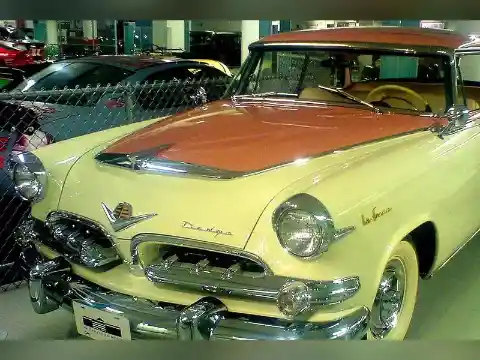
The car was only on the market for two years before car makers realized that selling cars to just one gender was a poor marketing plan.
Chrysler Crossfire
The Chrysler Crossfire was manufactured from 2004 to 2008 and sold a good amount of units, but there were still some problems that customers couldn’t overlook.


Some drivers reported problems with their engines, with one user even saying that their “check engine light has been on since the day I got the car.”
Saturn Ion
Nostalgia is just about all that gives the Saturn Ion any credibility among customers. The heavy-handed use of plastic in both the interior and exterior of the vehicle make it look cheap and caused some uncomfortable driving experiences.


The Ion was so unpopular that General Motors stopped producing Saturns and the company went defunct in 2010.
Karlmann King
This luxury vehicle built by Chinese company IAT is worth about $2 million and it is absolutely massive.
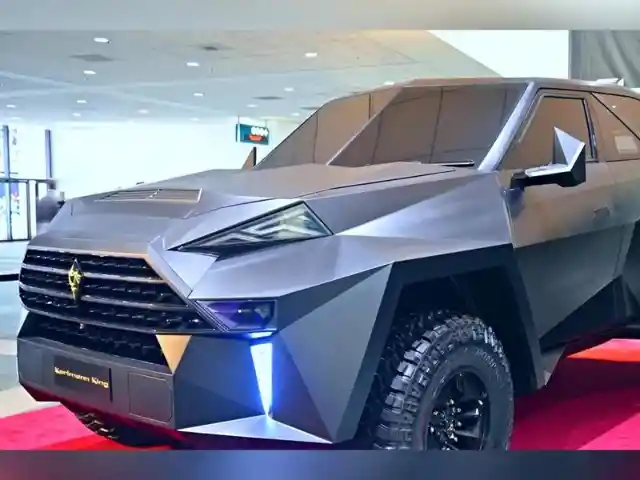
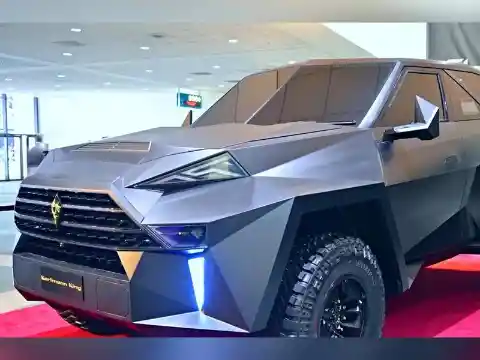
At over eight feet wide and with a top speed of just 87 mph, you probably won’t see many of these driving down the highway anytime soon.
DeLorean DMC-12
The Delorean is the most iconic bad car in history. Although it looked like a futuristic sports car, it didn’t have very much power behind it.
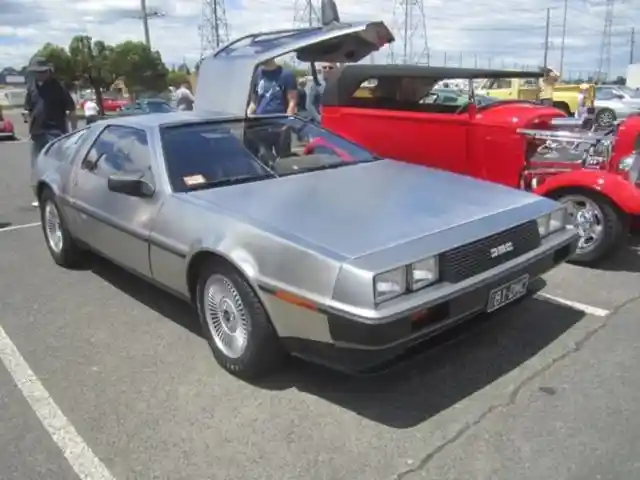
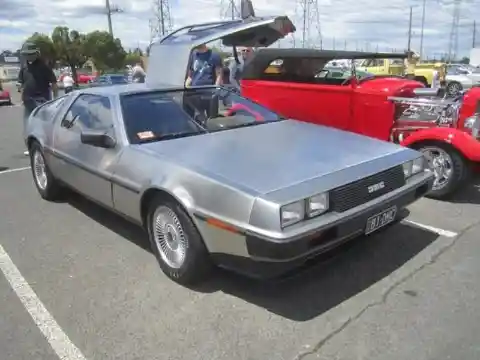
Taking 10.5 seconds to get from 0 to 60 mph made drivers feel like they were stuck in the past.
Yugo GV
The Yugo GV debuted to American audiences at the Los Angeles Auto Show in 1984 and the hatchback was a success early on.
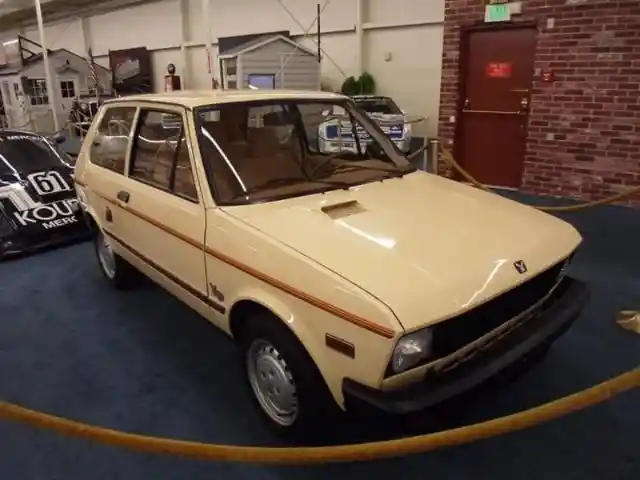
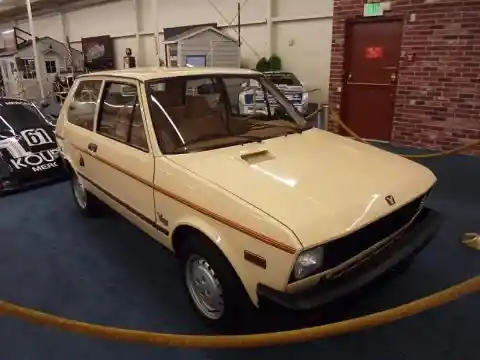
That is, until the manufacturer realized that customers were not reading the owner’s manual recommendation to change the interference engine’s timing belt every 40,000 miles, and many minor accidents were caused by it.
Edsel Corsair
This ‘50s vehicle didn’t fail just because its style was out of fashion.
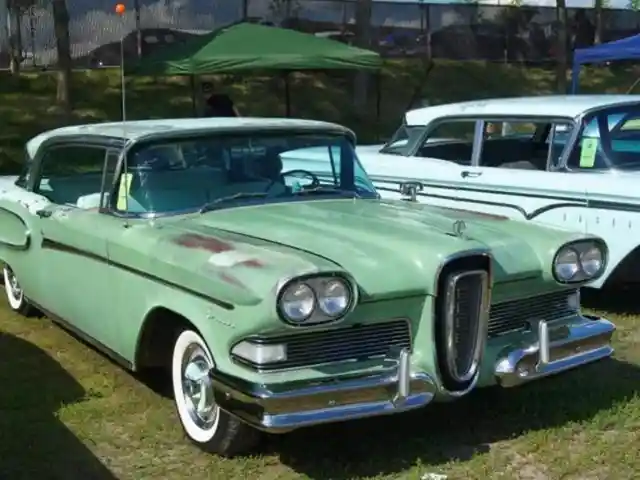
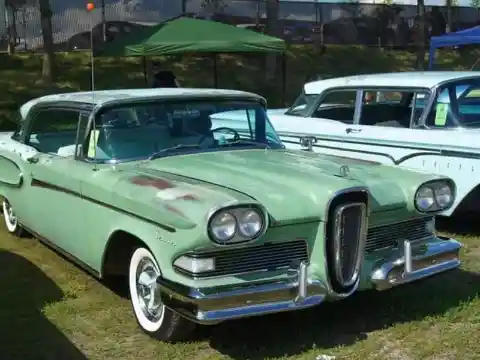
Its steering wheel buttons occasionally malfunctioned, causing the car to change gears instead of radio stations, resulting in low customer opinions of the model.
Mustang II
Like many other popular car makes, the Mustang II was a failure because it didn’t live up to the original model that it was emulating.
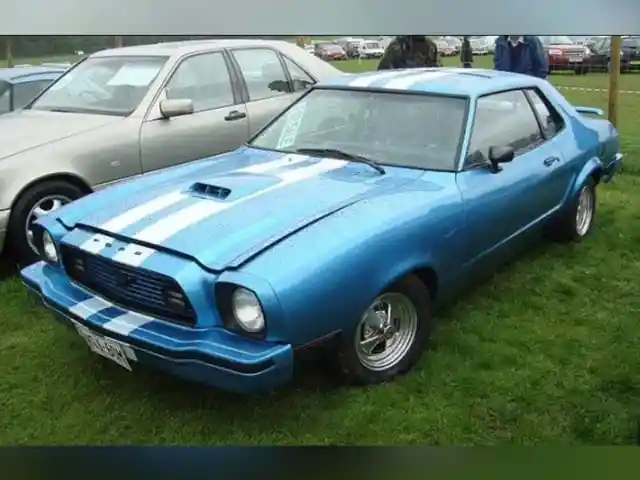
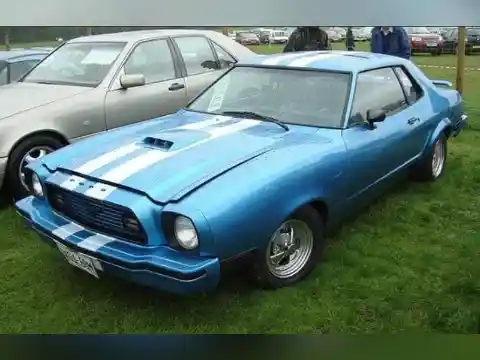
And its biggest problem was that its poorly located gas tank would cause the car to erupt into flames during an accident.
BMW Z3
The Z3 is best known for being a Bond car in “GoldenEye,” the 1995 Pierce Brosnan film. But, judging it by its abilities left many people underwhelmed.
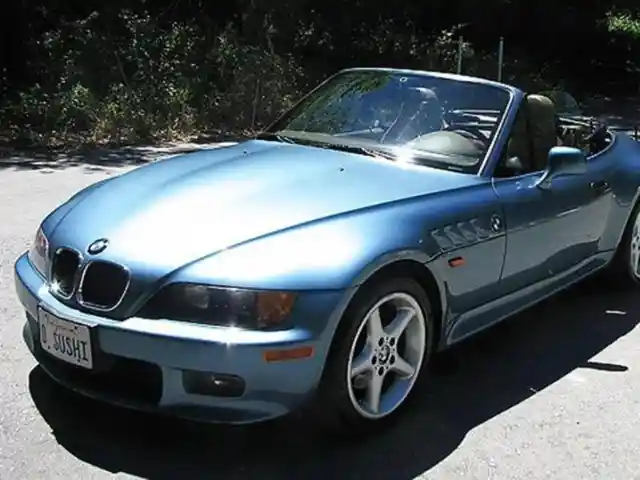
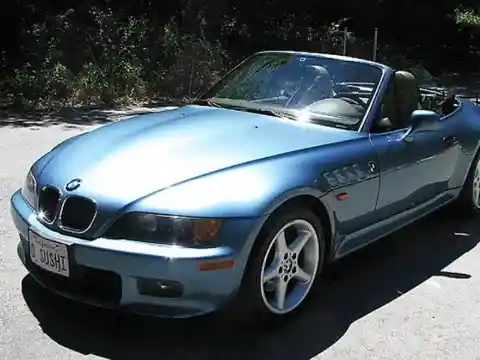
It managed to sell well after the release of the movie due to its style alone, which later left many drivers feeling cheated.
Chevrolet SSR
The SSR was a unique vehicle in too many ways. It was styled like a ‘60s sport car, despite being manufactured from 2003 to 2006.
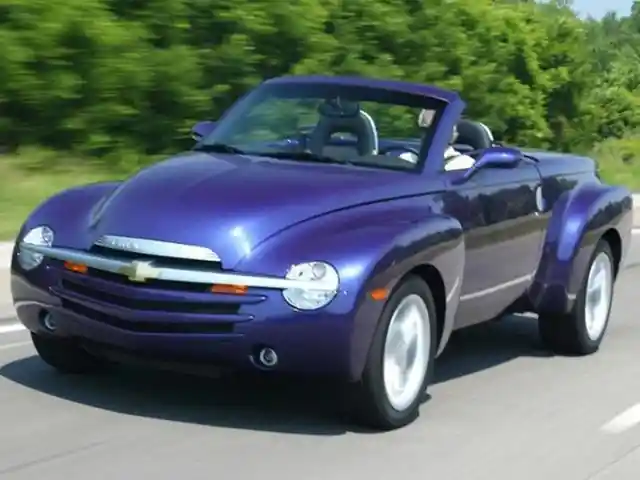
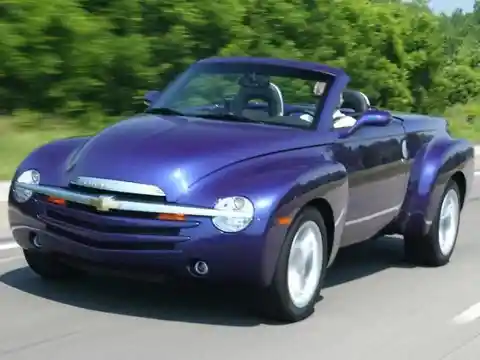
And it was basically a convertible pickup truck, which, along with its high price point, didn’t make customers excited to buy it.
PT Cruiser Convertible
The style of this car was enough to make customers uneasy. Most convertibles are long and sleek, but the PT Cruiser was somehow both bulbous and boxy.
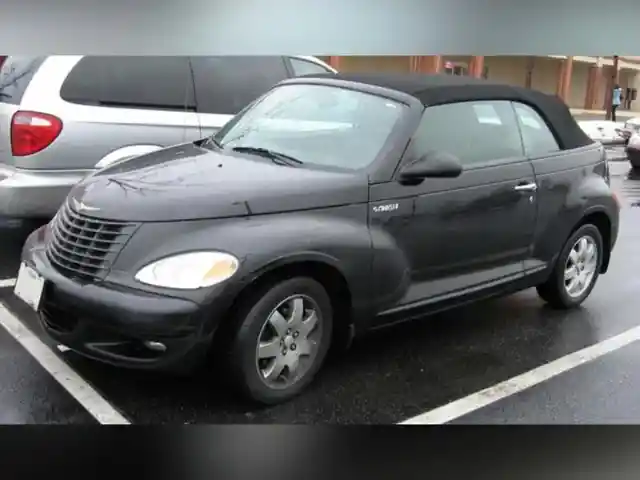

Its performance ratings were also low, so this early 2000s car never stood a chance.
Jaguar X-Type
The Jaguar X-Type wasn’t enough to live up to the Jaguar name, but it was produced for eight years between 2001 and 2009.
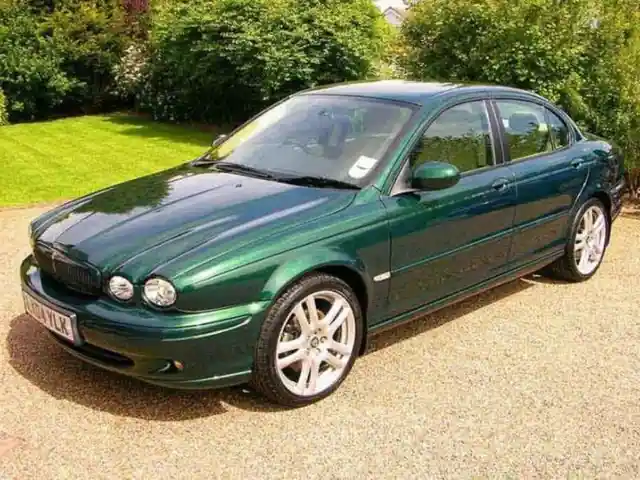
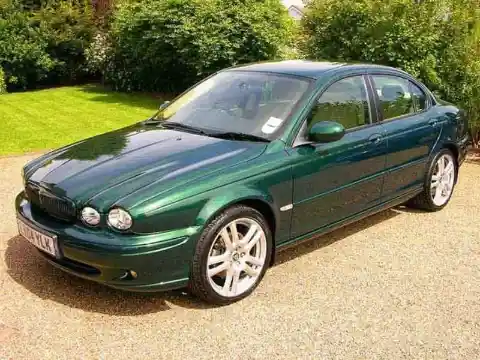
Because of its small size it just didn’t convince customers that it was worth the price of the Jaguar name.
Hyundai Excel
The longer this compact car was driven, the more that customers realized that it wasn’t worth the price.
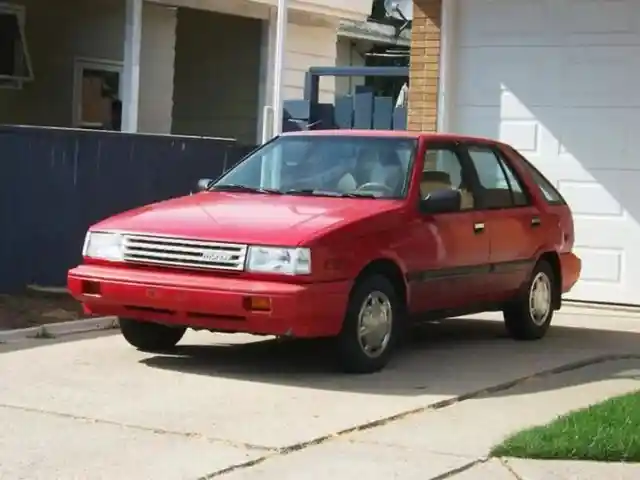
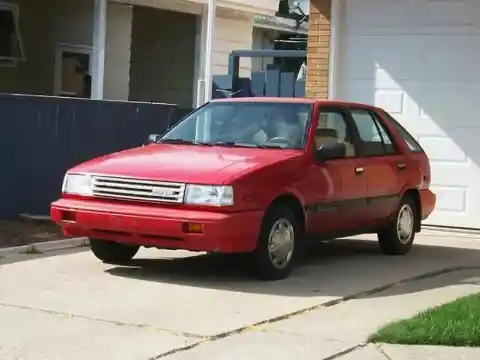
The Excel initially attracted customers with its low price tag, but despite the fact that it sold over a million units, construction problems were too big to overlook for long.
Pontiac Aztek
The Aztek was designed to cater to adventurous drivers who loved the outdoors, as was made apparent by its trunk which could be converted into a tent.
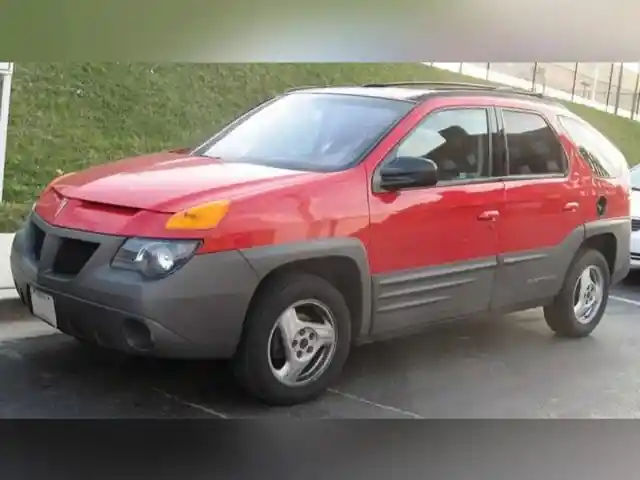

These features did little to attract customers and ruined the look of the vehicle, making many drivers not consider it a viable option.
Jeep Liberty
The Jeep Liberty, which was in production from 2002 to 2007 had some significant problems which drivers soon found out that they could not overlook. By the time the vehicle reached 100k miles, the engine would need some serious repairs.


That is, if the driver wasn’t already dealing with the transmission issues and leaky drive shafts that were also commonly reported.
Lincoln Continental Mark IV
A lot of bad cars were made in the ‘70s, and the Mark IV is definitely one of them.
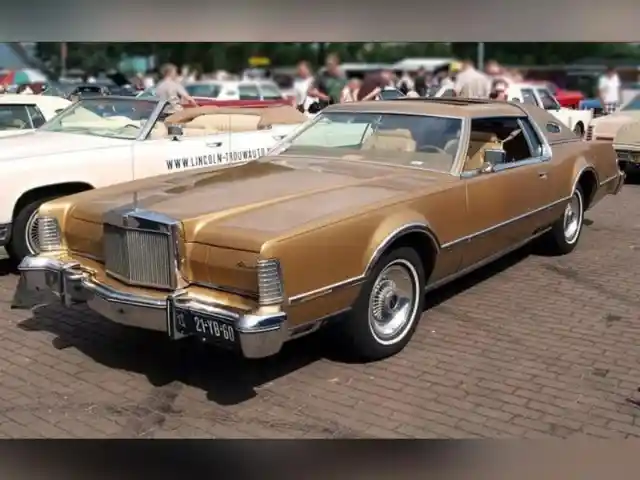
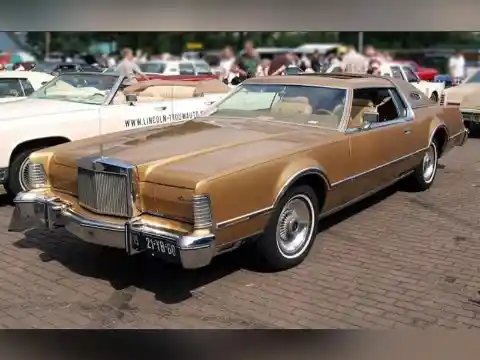
The heavy body of this car made it slow and difficult to drive. And in the end it just wasn’t the best Lincoln Continental on the market.
Mercedes-Benz C230 Hatchback
The early 2000s Hatchback was cheap for a Mercedes-Benz car, at just $24,950, which might have actually hurt sales.
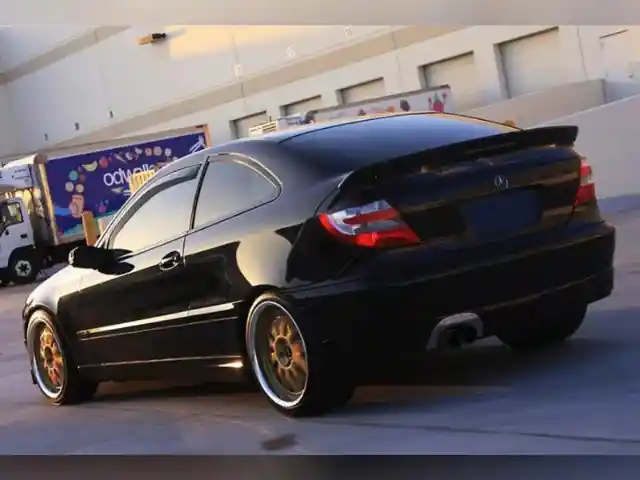
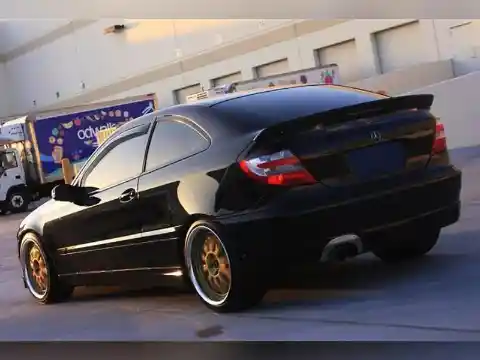
It didn’t exactly encourage its usual clientele to buy, and the hatchback design didn’t inspire new customers either, making this car a total dud.
Chevrolet Vega
This ‘70s car had some major mechanical problems that caused the engine to stop holding oil after around 100 miles, which was absolutely disastrous for drivers.
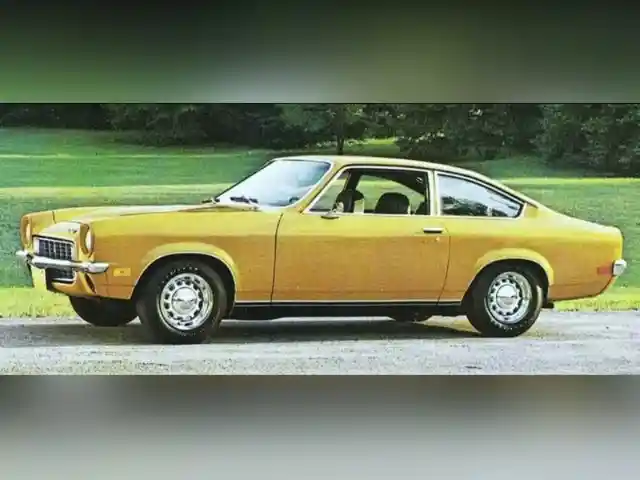
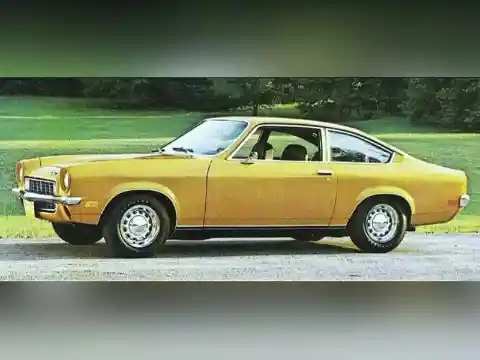
The bumper also rusted quickly in wet or cold climates, so its popularity was very short lived.
Eagle Premier
The Eagle Premier was both ugly and difficult to drive, which made it one of the worst cars of the ‘80s. Its boxy exterior and bland interior didn’t inspire any new drivers and its drivability, arguably the most important factor in a car, was as bad as it gets.
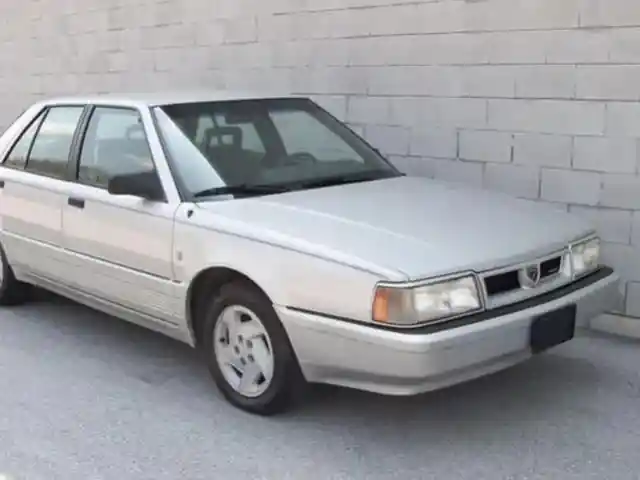
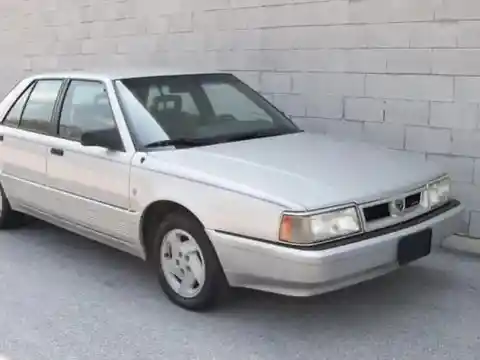
The Premier had trouble turning and accelerating, causing a lot of disgruntled drivers.
Reliant Robin
This ‘70s car might be one of the worst ideas the car industry has ever had. The Reliant Robin had only three wheels, which actually made it very unreliable when making any turns whatsoever over 15 miles per hour.
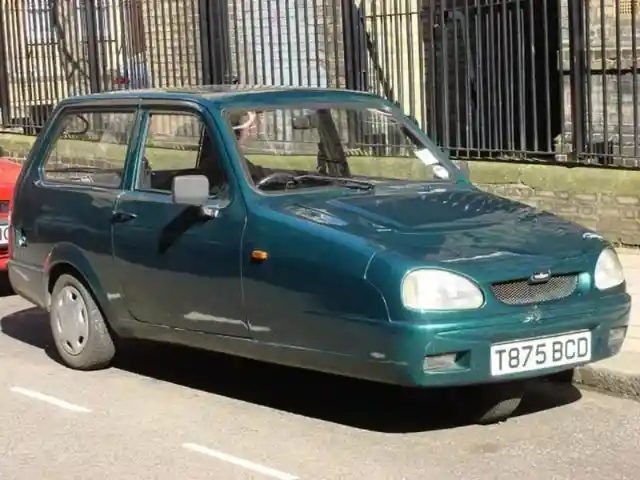
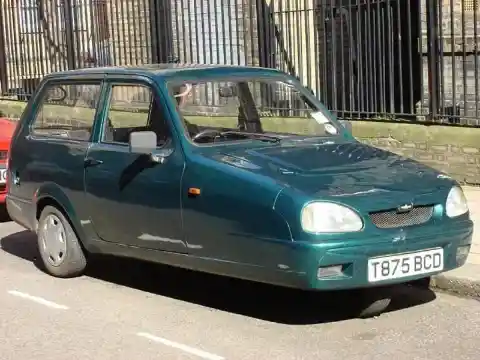
Maybe it was cheaper to build and replace the tires of, but it failed in every other way.
Bricklin SV-1
The only interesting feature of this car is its gull wing doors, which were still fun to marvel at in 1974.
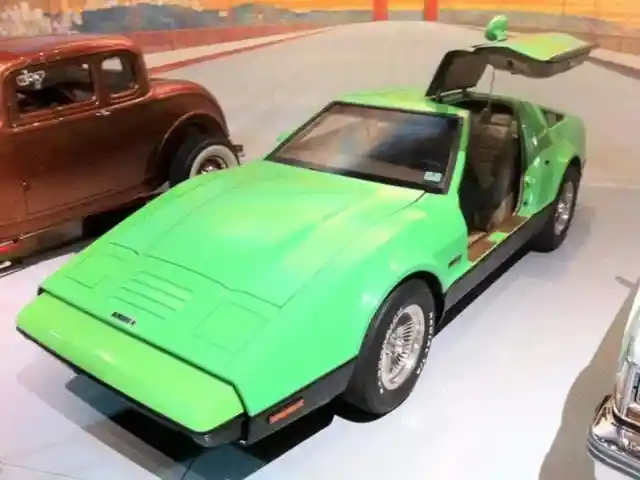
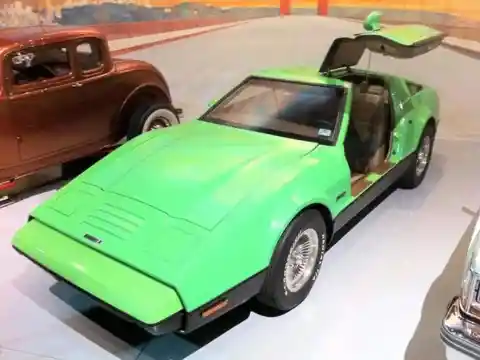
But, its clunky exterior made it too heavy and its only redeeming factor is that it looks kind of cool. It didn’t even live up to its name of “SV,” which stood for “safe vehicle.”
Cadillac Catera
The Catera was instantly a hit among Cadillac fans until it was found out that many were installed with faulty oil coolers that resulted in timing-belt issues that sometimes lead to engine failure.
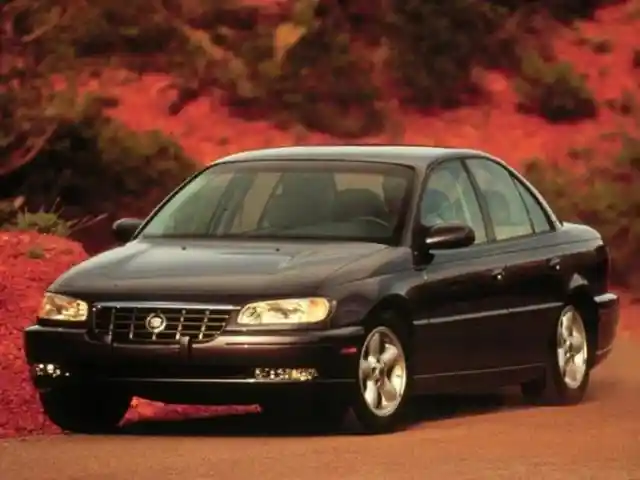
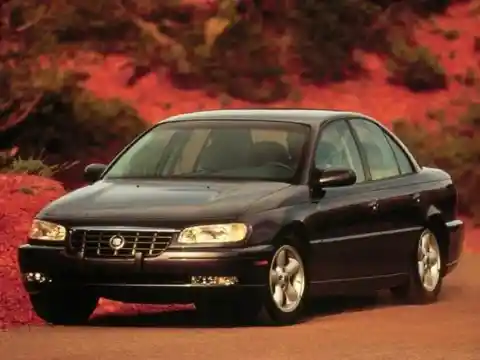
This alone caused the model to only be manufactured for four years.
Amphicar
There is a reason that you don’t see many car/boat hybrids driving down the road or cruising through the water today, and that is because they are essentially the worst of both worlds.
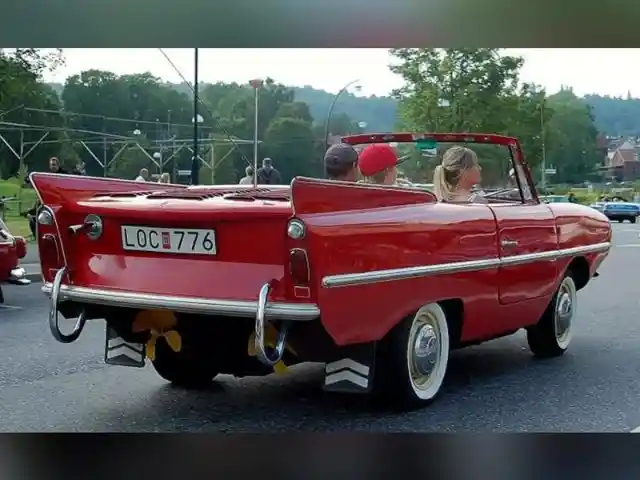
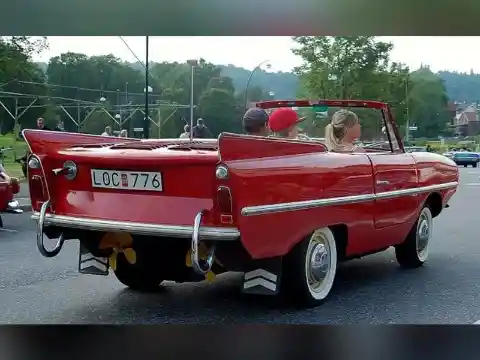
The 1961 Amphicar functioned well as a car, but could only go seven miles per hour in the water.
Overland OctoAuto
The 1911 Overland OctoAuto is a great lesson in car manufacturing because nothing like it was ever made again, and for good reason. The over 20-foot long vehicle was equipped with six wheels and three axels.
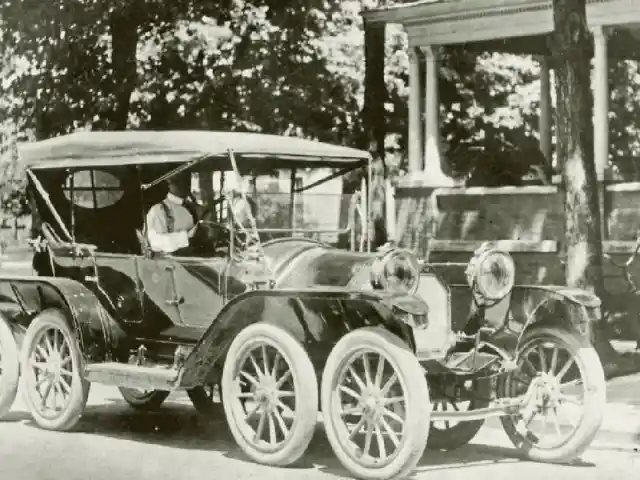
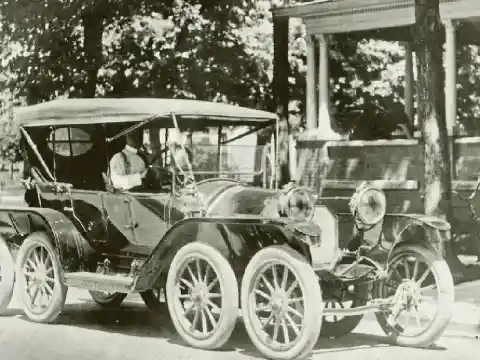
And it wasn’t even popular in 1911 as there were no orders placed for this car back then.
Lexus SC 430
The 2002 vehicle just didn’t live up to the Lexus name and while it didn’t have any major mechanical downfalls, it was a disappointment to fans of previous models.
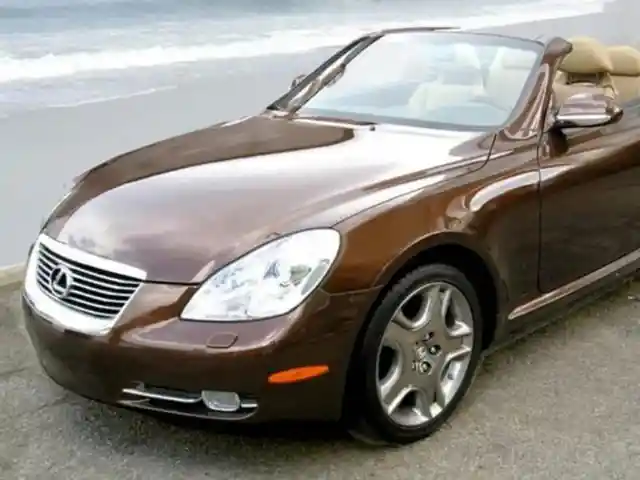
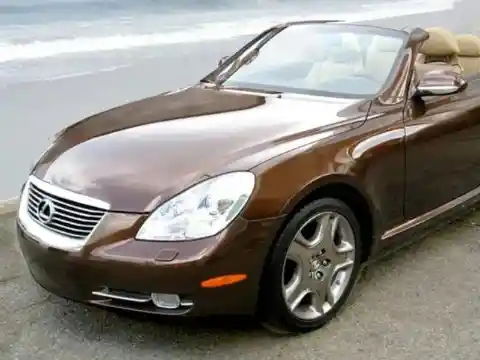
And the $61,055 price tag wasn’t exactly an encouraging feature.